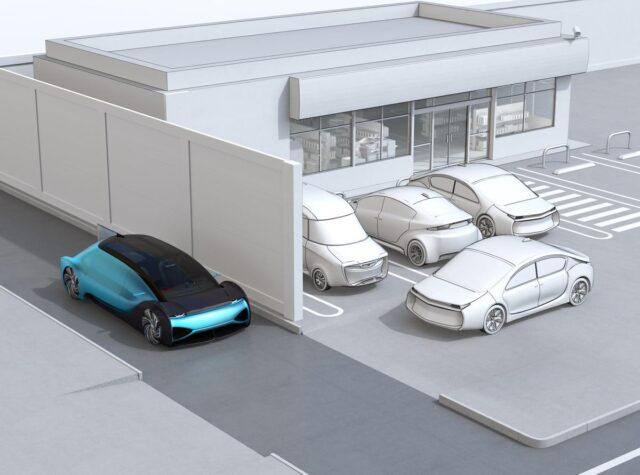In the realm of electric vehicles (EVs), the orchestration of power distribution is a pivotal aspect that drives efficiency and performance. Among the technologies shaping this landscape, the DC/DC Converter stands out as a critical component responsible for seamless power distribution within the vehicle’s electrical system. In this comprehensive exploration, we delve into the inner workings of the DC/DC Converter, its significance, and the transformative impact it has on the world of electric mobility.
Understanding the DC/DC Converter
The DC/DC Converter is a dynamic device that bridges the gap between different voltage levels within an electric vehicle’s electrical architecture. This conversion is essential due to the varying voltage requirements of different vehicle components, such as the high-voltage battery, auxiliary systems, and low-voltage electronics.
Efficiency through Voltage Conversion
Electric vehicles utilize multiple voltage levels to power various systems. The high-voltage battery, typically operating around several hundred volts, powers the main propulsion system. In contrast, the auxiliary systems, lighting, and low-voltage electronics require lower voltages. The DC/DC Converter’s primary task is to efficiently convert power from one voltage level to another, ensuring optimal performance of all systems.
Key Components and Mechanisms

The DC/DC Converter comprises several integral components that contribute to its seamless operation.
1. Input and Output Stages: The converter’s input stage accepts power from the source, such as the high-voltage battery. The output stage delivers the converted power to the destination, such as the low-voltage electronics.
2. Power Semiconductors: Transistors and diodes play a critical role in regulating the flow of electrical current and facilitating the voltage conversion process.
3. Control Circuitry: The control circuitry monitors the input and output voltages, adjusting the power conversion process to maintain stability and efficiency.
Advantages of DC/DC Converters
The integration of DC/DC Converters brings forth a myriad of advantages that contribute to the overall efficiency of electric vehicles.
1. Efficient Power Distribution: DC/DC Converters optimize power distribution by ensuring that each system receives the appropriate voltage, minimizing energy wastage.
2. Compatibility: Electric vehicles often integrate components from various manufacturers. The DC/DC Converter ensures that different voltage requirements are met, promoting system compatibility.
3. Enhanced Performance: By efficiently managing power distribution, the DC/DC Converter contributes to improved vehicle performance, including acceleration and overall driving dynamics.
Applications Beyond Electric Vehicles

While synonymous with electric vehicles, the DC/DC Converter finds applications beyond the realm of personal transportation.
1. Renewable Energy Systems: DC/DC Converters are crucial components in renewable energy systems, converting power generated from sources like solar panels to the appropriate voltage for storage or distribution.
2. Industrial Machinery: From factory equipment to heavy machinery, the converter optimizes power distribution in industrial settings, enhancing efficiency and minimizing energy losses.
3. Telecommunications: The converter plays a role in telecommunications systems, ensuring that different voltage levels power various components in data centers and communication networks.
Innovations and Future Trends
As technology evolves, so does the potential of DC/DC Converters. Multi-Level Converters are gaining traction, offering improved efficiency by providing more intermediate voltage levels, reducing the need for extreme voltage conversions.
Conclusion: Empowering Efficient Mobility
The DC/DC Converter may be an unsung hero in the electric vehicle landscape, but its impact is undeniable. By seamlessly managing power distribution and voltage conversion, it contributes to the efficiency, performance, and overall sustainability of electric mobility. As the world shifts towards electrification and sustainable transportation, the DC/DC Converter emerges as a critical enabler, quietly powering a greener and more efficient future.







